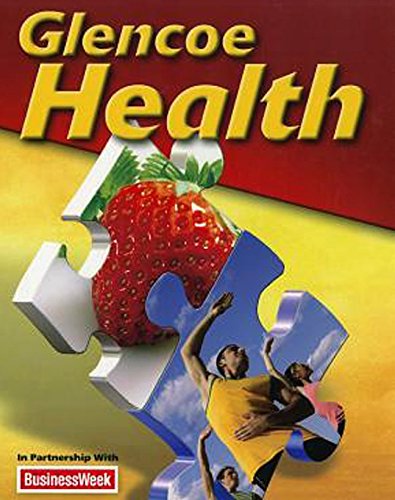
All Solutions
Page 376: Chapter 13 Assessment
Our fingernails, toenails and hair are composed of dead cells with keratin in them.
The correct order (inner to outer) of the structure of the skin is subcutaneous layer, dermis, and epidermis. The subcutaneous layer, which is beneath the dermis, is made up of fat and connective tissues. On the other hand, the dermis layer is the thick skin layer that is located under the epidermis. The epidermis is the outer thinner layer of the skin.
Skin cancer is often caused by excessive or intense exposure to the sun’s UV rays. When the sunlight hits our skin cells, it damages the DNA in it and increases the risk of developing cancer.
1. Wash you face twice a day using a gentle cleanser.
2. Apply medication or treatments that are prescribed by dermatologists.
3. Avoid wearing make up and applying oil-based products.
4. Avoid touching and pricking the acne.
1. Asymmetry: If an imaginary line is drawn at the center and the mole does not produce matching halves, then it is suspicious.
2. Border Irregularity: Suspicious moles have irregular edges.
3. Color: The mole contains an intense black color. In some cases, a bluish tint can be also observed, whereas some would show an uneven color.
4. Diameter: If the diameter of the mole is wider than the width of a pea, it is suspicious.
On the other hand, moles are small, slightly raised spot on the skin that has a dark pigment due to a high concentration of melanin. It is often harmless, however, some may develop into melanoma.
1. Breaking down of foods into smaller pieces
2. Helping form the shape and structure of the mouth
1. Have a regular ear examination done by a health care professional.
2. Wear protective clothing such as hats and earmuffs that would cover your ears during the cold winter.
3. When playing contact sports, wear a helmet to protect your head, especially your ears.
4. Avoid putting foreign objects inside the ear canal.

